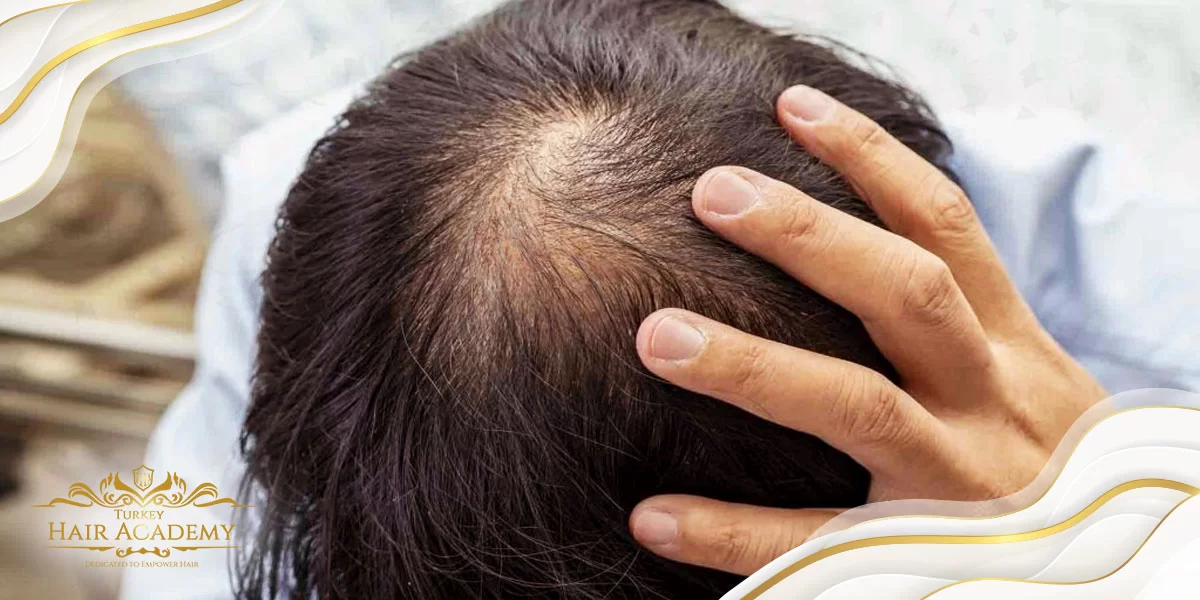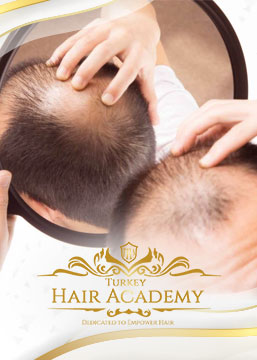Hair transplant is a permanent solution preferred by people who experience hair loss problems. The procedure is performed by implanting new hair follicles into the sparse or bald areas as needed. However, although it may seem like a permanent solution, the results may not be as expected or hair loss may occur again over time. In this case, a second hair transplant operation may be necessary. So, how many times can a hair transplant procedure be done?
If you would like to listen to our content
There is no limit to the number of hair transplant procedures that can be performed as long as there are sufficient and healthy hair follicles in the donor area where the hair follicles are taken from. However, as an answer to the question of how many times a hair transplant can be performed, the recommended number is up to 3 times. This number may vary depending on the quality of the donor area and the number of hairs taken in each session.
During hair transplantation, a certain amount of hair from the donor area is used each time, which can cause permanent damage to the donor area if multiple hair transplant procedures are performed. To prevent this, it is necessary to consult a qualified physician and conduct a thorough evaluation. Careful maintenance before and after hair transplantation is also necessary, and it is beneficial to follow the doctor’s recommendations. Additionally, the strongest donor area should be used for hair transplantation. The basic principle is not to take too many roots, but to transplant a healthy and appropriate number of roots. Even when achieving the best results in the first session, the donor area should be preserved for future sessions.
There may also be shock hair loss after the second hair transplant session. However, this should not cause concern. It may take a little longer for the hair to grow back after the second transplantation.
Contents
When Should I Go for the Second Hair Transplantation Session After the Procedure?
There are certain things to consider if a second hair transplant is going to be performed. It takes about 8-12 months to evaluate the results of the hair transplant and to check whether there are enough healthy hair follicles in the donor area. Therefore, the ideal time between two hair procedures is 8-12 months. If there are not enough hair follicles in the donor area, a second hair transplant cannot be performed.
What Are the Situations That Require a Second Hair Transplantation Session After the Procedure?
The situations that require a second hair transplant session after the procedure may be due to the fact that the first session did not completely fail, but the desired result was not achieved. Depending on the extent of the balding area, a second hair transplant may be required. Because the maximum number of hair follicles that can be harvested in one session is 5000-6000. With this number, hair transplantation is performed in the frontal area where balding is more visible. The remaining areas are transplanted in the second session.
In the first session, transplantation is performed in the frontal area to create density, and the crown area may be left for the second session. Hair transplantation in the crown area is more difficult because the area is upright and has fewer blood vessels, which makes blood circulation weaker. Therefore, a second hair transplant may be required in this area.
Especially for individuals who experience hair loss problems starting in their early 20s, natural hair loss may continue after the hair transplant; a second or even a third hair transplant can be performed in the following years.

My Hairline Expectations Were Not Met After the First Session. Can the Hairline be Corrected with a Second Session?
If a suitable hairline was not created during the first hair transplant and the person is not satisfied with the outcome, a second session can be used to make the hairline more suitable. However, before this happens, it is necessary to analyze why the first operation was unsuccessful and plan accordingly for the second session. Prior to the second session, it is important for the person to share their realistic expectations with their doctor and for the doctor to reach an agreement with them. Additionally, a second session transplant can be performed to cover up any bad scars that may have resulted from the first session transplant.
Is a Second Hair Transplant Session Less Painful than the First Session?
Hair transplant surgery is typically performed under local anesthesia and can cause pain afterwards, similar to any other surgical procedure. The first hair transplant session generally takes longer and can cause more intense pain compared to the second session because the second session typically takes less time and involves fewer grafts being transplanted. Swelling and bruising in the surgical area following the operation is also generally less noticeable after the second session.
In summary, second hair transplant sessions are generally less painful than the first session. However, every patient is different, and pain tolerance may vary, meaning some patients may feel more pain during the second session. In such cases, it is important to determine the most appropriate treatment methods and follow the doctor’s recommendations for pain management.


